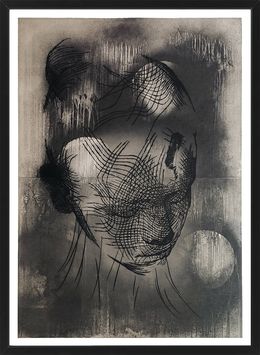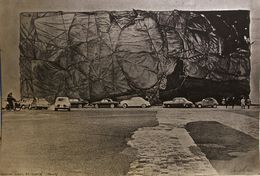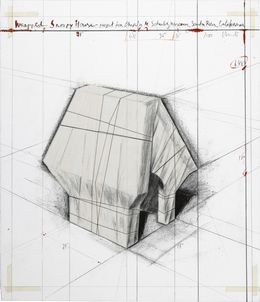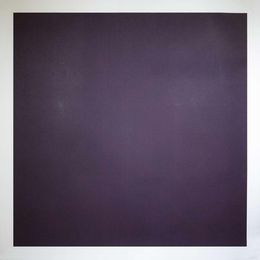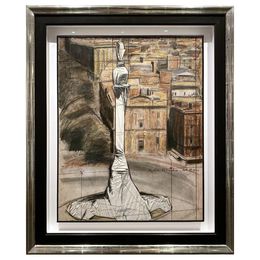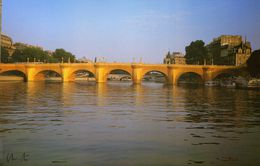
Site-Specific Art
Have you ever noticed how seamlessly a particular artwork assimilates into its location? How does its relationship with the surrounding environment impact your interpretation of the piece? Would the artwork appear differently if it weren't placed in that particular location? These questions all form the conceptual basis of site-specific art: that is, artwork intended to exist in a certain place.
The term originated in the mid-1970s, by young American sculptors tasked with several large-scale installations which were created specifically for certain urban locations. Site-specific art emerged as a response to the Modernist program of sculpture, which had demonstrated that art was nomadic, transportable, and specifically destined for museum exhibition. Indeed, this movement brought to light the understanding that the narrative intrigue of certain artworks is predicated on its surroundings.
Today, site-specific art can be found across urban street art and natural landscapes, large-scale installations, architectural projects, or even meticulous renderings of exhibition spaces. Artsper's experts have curated a selection of artists whose work reflects this unique post-modernist movement. Amongst some of our favorites are Daniel Buren, Olafur Eliasson, Jenny Holzer, and Rebecca Horn!
Save your search and find it in your favorites
Save your search to find it quickly
Saved search
Your search is accessible from the favorites tab > My favorite searches
Unsaved search
A problem occurred


